Back to Courses


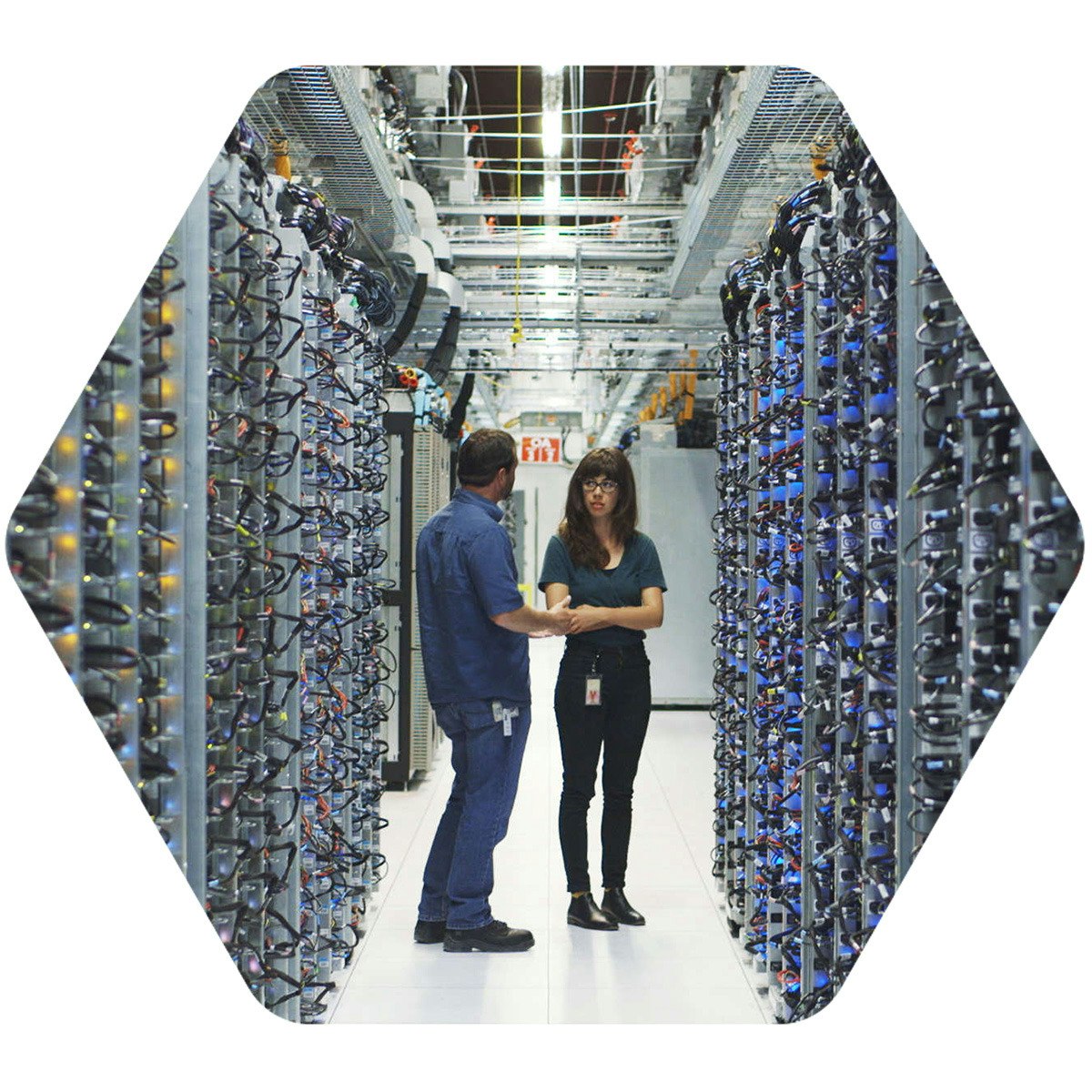
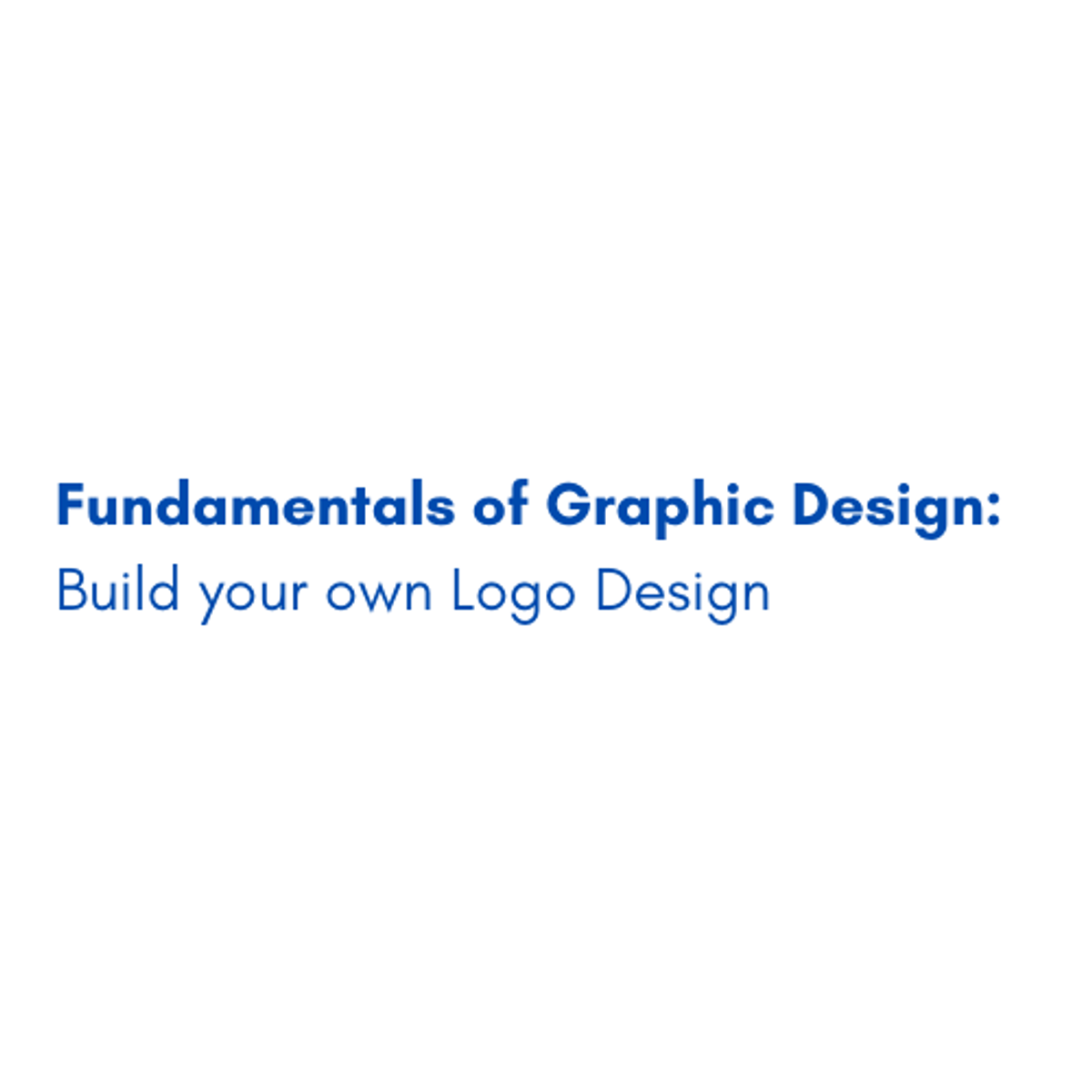
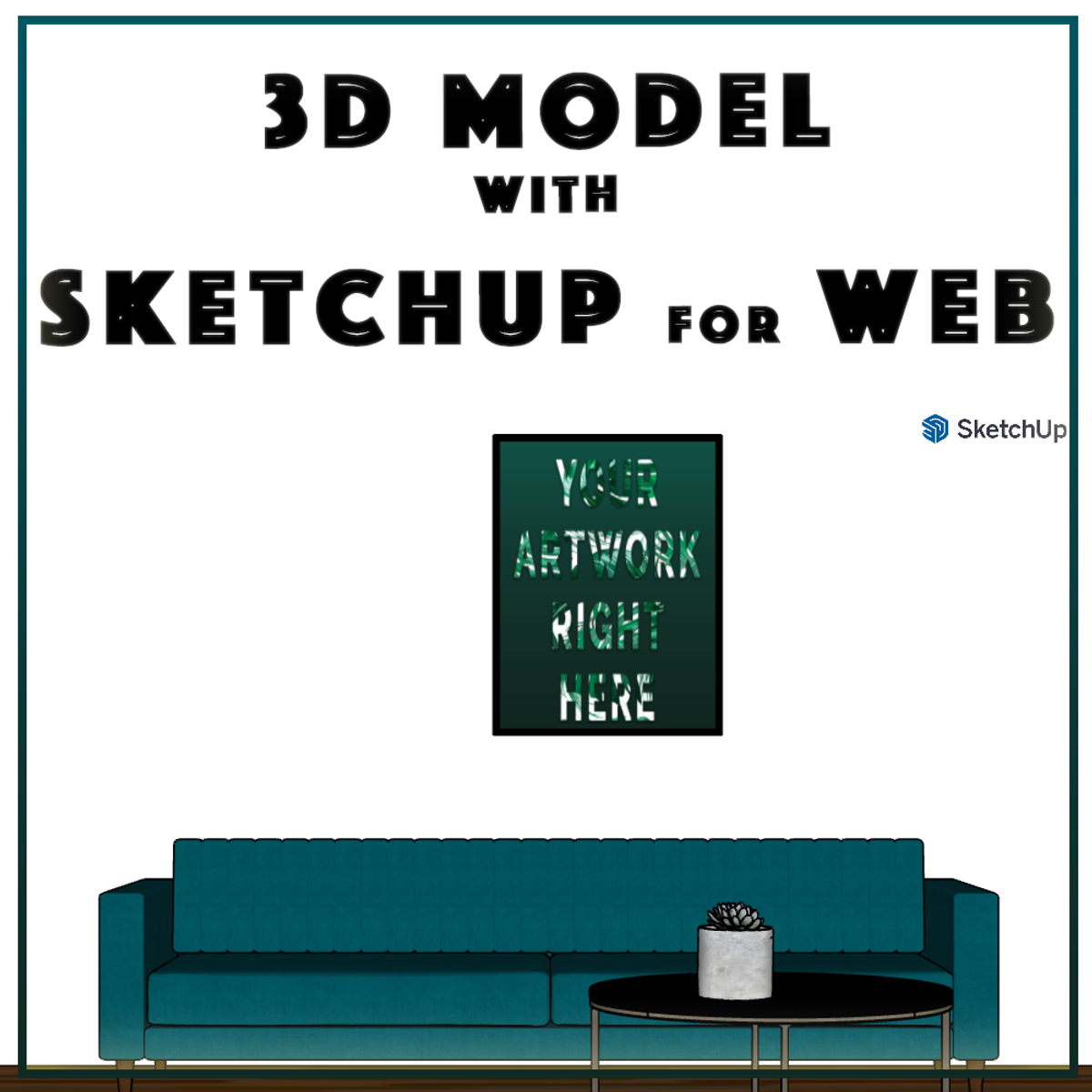


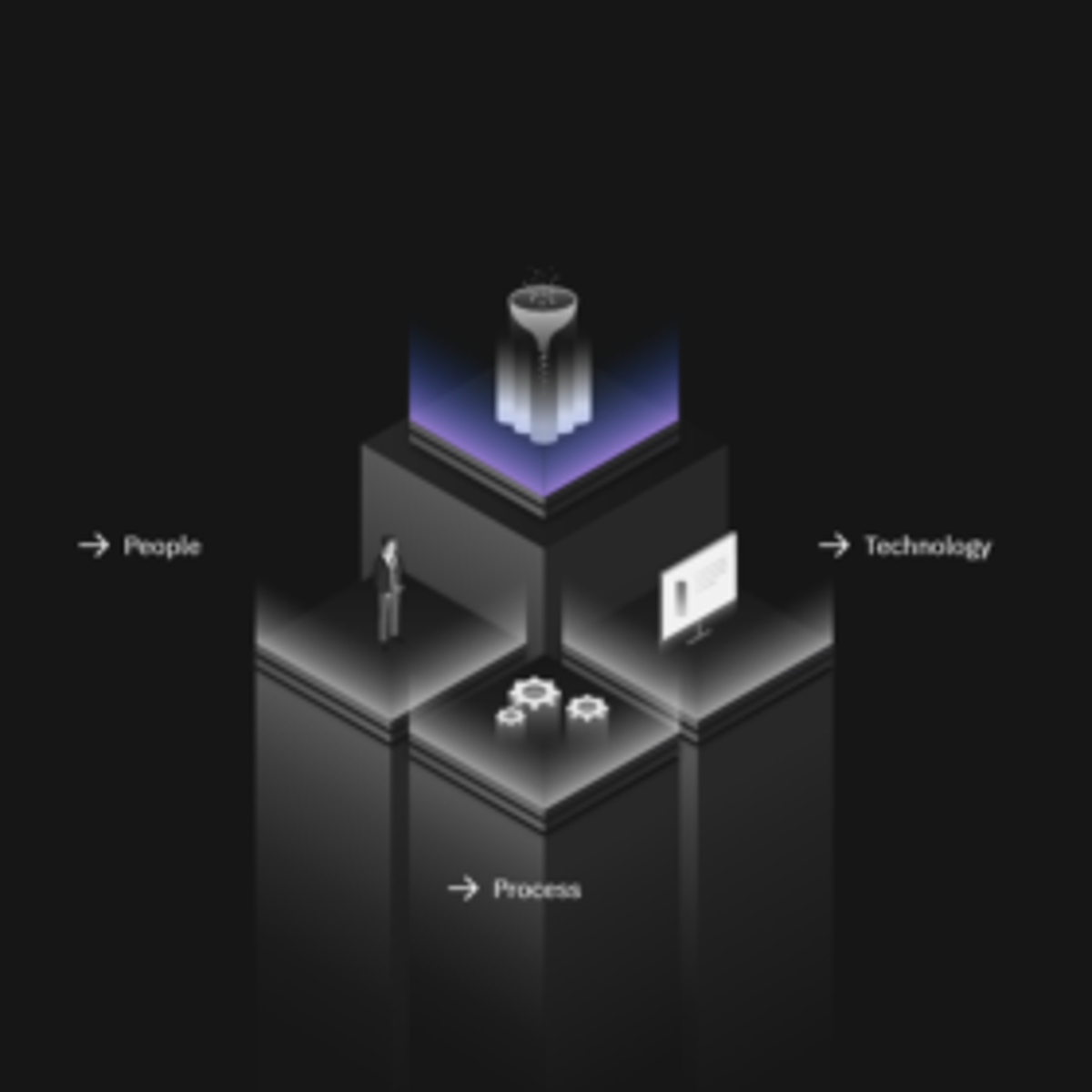
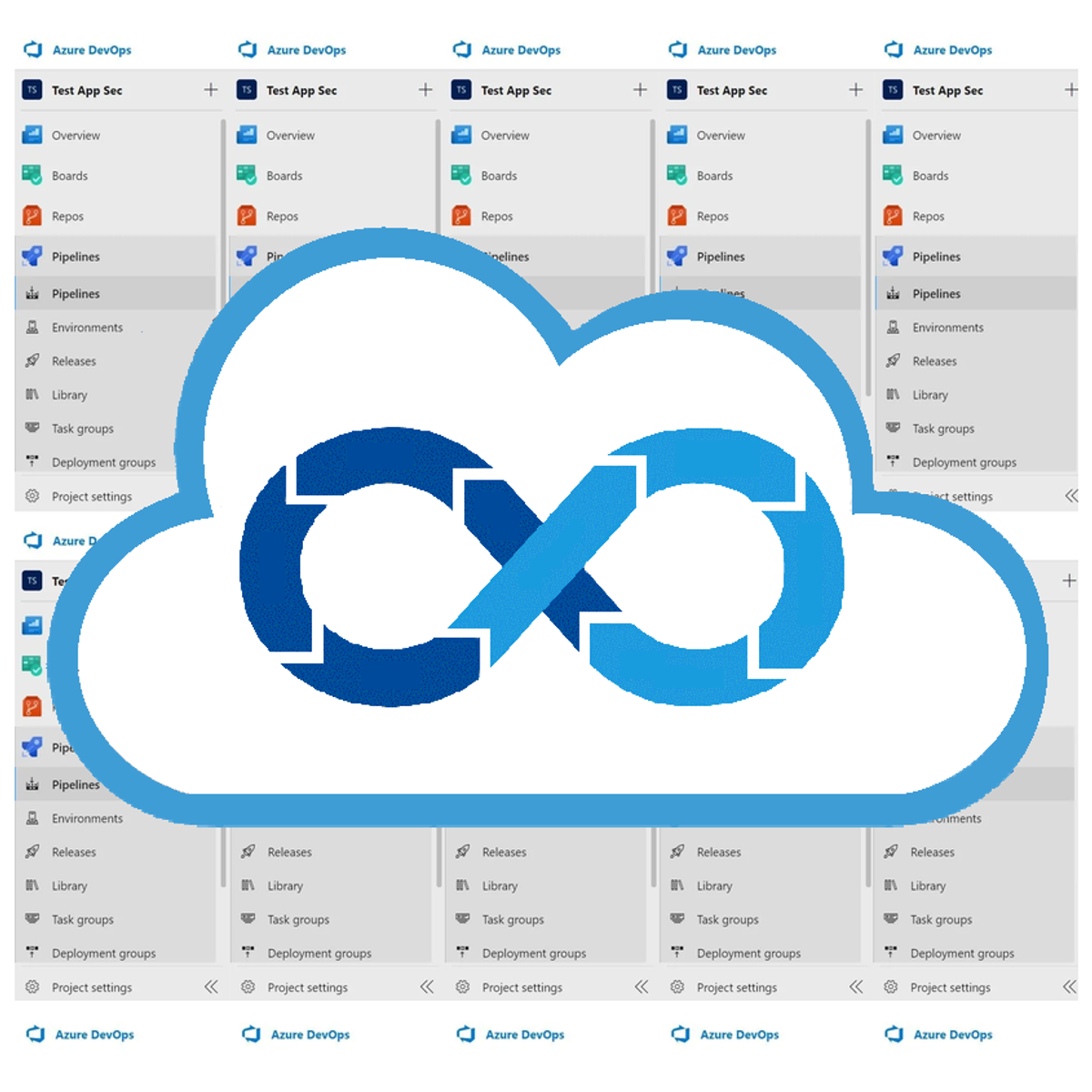
Computer Science Courses - Page 155
Showing results 1541-1550 of 2309

Artificial Intelligence Ethics in Action
AI Ethics research is an emerging field, and to prove our skills, we need to demonstrate our critical thinking and analytical ability. Since it's not reasonable to jump into a full research paper with our newly founded skills, we will instead work on 3 projects that will demonstrate your ability to analyze ethical AI across a variety of topics and situations. These projects include all the skills you've learned in this AI Ethics Specialization.

VPC Network Peering
This is a self-paced lab that takes place in the Google Cloud console.
Google Cloud Platform (GCP) Virtual Private Cloud (VPC) Network Peering allows private connectivity across two VPC networks regardless of whether or not they belong to the same project or the same organization.

Introduction to TCP/IP
You use the Internet through your PC (Personal Computer), laptop, tablet, smartpad, and smartphone every day in everything you do. Through your own PC/laptop, you can easily learn everything about the Internet, and that is what this course is focused on. In this course ‘Introduction to TCP/IP,’ you will learn the operational functions of Internet technologies (which include IPv4, IPv6, TCP, UDP, addressing, routing, domain names, etc.) and your PC/laptop's security and gateway Internet setup and basic principles. In addition, through a simple Wireshark experiment, you will see the TCP/IP packets and security systems in action that are serving your PC/laptop, that serves you.

Essential Google Cloud Infrastructure: Foundation
This accelerated on-demand course introduces participants to the comprehensive and flexible infrastructure and platform services provided by Google Cloud with a focus on Compute Engine. Through a combination of video lectures, demos, and hands-on labs, participants explore and deploy solution elements, including infrastructure components such as networks, virtual machines and applications services. You will learn how to use the Google Cloud through the console and Cloud Shell. You'll also learn about the role of a cloud architect, approaches to infrastructure design, and virtual networking configuration with Virtual Private Cloud (VPC), Projects, Networks, Subnetworks, IP addresses, Routes, and Firewall rules.
Prerequisites:
To get the most out of this course, participants should:
Have completed Google Cloud Fundamentals: Core Infrastructure or have equivalent experience.
Have basic proficiency with command-line tools and Linux operating system environments.
Have systems operations experience, including deploying and managing applications, either on-premises or in a public cloud environment.
>>> By enrolling in this course you agree to the Qwiklabs Terms of Service as set out in the FAQ and located at: https://qwiklabs.com/terms_of_service <<<

Fundamentals of Graphic Design: Build your own Logo Design
In this 1-hour and 30 mins long project-based course, you will learn how to create a logo for your brand, campaign, or business using Inkscape. Additionally, you will be able to incorporate colors, texts, and images that reflect your brand identity and convey your message to your audience. You will be able to create a very simple logo that is attractive, inviting, and easily comprehensible using one simple technique called Negative Space. Moreover, you will be able to identify the importance of color psychology when it comes to logo design. Along the way, you will apply and practice the basics of Inkscape as a designing software which will help you in your campaign creation or company launch.
Note: This course works best for learners who are based in the North America region. We’re currently working on providing the same experience in other regions.

SketchUp: how to model a 3D mockup to showcase your artwork
In this 1-hour long project-based course, you will learn how to
- use SketchUp for Web to create simple 3D models
- explore 3D modeling
- create a simple mockup scene for your artworks
By the end of this project, you will learn how to use Sketch Up to create a mockup scene in 3d model for your art works or illustrations.
In graphic design and visual arts, mockup is defined as a rough draft of a finished product or visually rendered representation of a finished product. In this guided project we are going to create a mockup scene to simulate the showcasing of print and artworks.
SketchUp for Web is a free version of SketchUp that runs in a web browser. It shows a simple interface where anyone can simply draw and create 3D models. This makes 3D modeling accessible and easy to use to anyone interested in exploring this field.
This guided project is for graphic designers, illustrators, or artists who want to create visual representations of their prints, illustrations or paintings through 3D modeling. However, anyone interested in exploring 3D modeling is welcome to this course.
Note: This course works best for learners who are based in the North America region. We’re currently working on providing the same experience in other regions.

Security Best Practices in Google Cloud
This self-paced training course gives participants broad study of security controls and techniques on Google Cloud. Through recorded lectures, demonstrations, and hands-on labs, participants explore and deploy the components of a secure Google Cloud solution, including Cloud Storage access control technologies, Security Keys, Customer-Supplied Encryption Keys, API access controls, scoping, shielded VMs, encryption, and signed URLs. It also covers securing Kubernetes environments.

Getting Started with Vault
This is a self-paced lab that takes place in the Google Cloud console.
In this hands-on lab, you will learn the basics of Vault.

DataOps Methodology
DataOps is defined by Gartner as "a collaborative data management practice focused on improving the communication, integration and automation of data flows between data managers and consumers across an organization. Much like DevOps, DataOps is not a rigid dogma, but a principles-based practice influencing how data can be provided and updated to meet the need of the organization’s data consumers.”
The DataOps Methodology is designed to enable an organization to utilize a repeatable process to build and deploy analytics and data pipelines. By following data governance and model management practices they can deliver high-quality enterprise data to enable AI. Successful implementation of this methodology allows an organization to know, trust and use data to drive value.
In the DataOps Methodology course you will learn about best practices for defining a repeatable and business-oriented framework to provide delivery of trusted data. This course is part of the Data Engineering Specialization which provides learners with the foundational skills required to be a Data Engineer.

Continuous Delivery and Managing Builds with Azure DevOps
This Guided Project is for IT professionals who want to raise the quality of their software products to a higher level by totally automating their software applications' build, test and packaging processes. In this 1-hour long project-based course, you will learn how to use Azure DevOps Services to safely store your applications' code in a source control and how to set up build pipelines and branch policies to automate packaging of your products and preparing them for deployment.
Since this project uses Azure DevOps Services, you will need access to an Azure DevOps account. In the video at the beginning of the project you will be given instructions on how to sign up for one.
If you are ready to start automating your applications' lifecycle management process, then this project is for you! Let’s get started!
